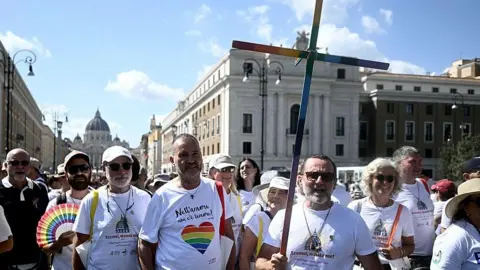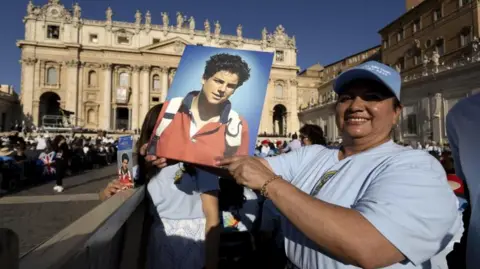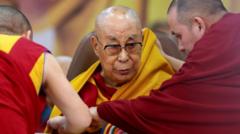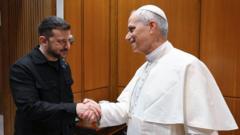On Wednesday, a momentous event will unfold in Vatican City as the conclave convenes to select the successor to Pope Francis, who passed away at 88 last month. This unique assembly will see 133 cardinals from across the globe sequestered within the iconic Sistine Chapel, surrounded by Michelangelo's magnificent frescoes, as they deliberate until one candidate secures a two-thirds majority vote.
Reporting from The New York Times, Jason Horowitz, the Rome bureau chief, divulges the dramatic dynamics at play: “The process is rife with politics,” he noted, highlighting the typical casting of votes full of strategic maneuvering and unexpected alliances. “It’s akin to political backstabbing, with the emergence of faux candidates as distractions.”
The cardinals are set to cast their votes via secret ballot, repeating this process up to four times a day. Each ballot culminates in a suspenseful moment when a plume of either black or white smoke emerges from the chapel's chimney—black indicating no consensus and white signifying the election of a new pope. The conclave could last anywhere from mere hours to potentially years, echoing the longest conclave recorded in the 13th century.
When the smoke turns white, The New York Times aims to promptly share the news along with insights about the newly elected pontiff's positions and orientations, though Horowitz acknowledges the potential for surprise candidates who might emerge from the shadows. “We prepare for the expected but remain alert to the unexpected twists,” he remarked, indicative of the intrigue surrounding this extraordinary event.
Reporting from The New York Times, Jason Horowitz, the Rome bureau chief, divulges the dramatic dynamics at play: “The process is rife with politics,” he noted, highlighting the typical casting of votes full of strategic maneuvering and unexpected alliances. “It’s akin to political backstabbing, with the emergence of faux candidates as distractions.”
The cardinals are set to cast their votes via secret ballot, repeating this process up to four times a day. Each ballot culminates in a suspenseful moment when a plume of either black or white smoke emerges from the chapel's chimney—black indicating no consensus and white signifying the election of a new pope. The conclave could last anywhere from mere hours to potentially years, echoing the longest conclave recorded in the 13th century.
When the smoke turns white, The New York Times aims to promptly share the news along with insights about the newly elected pontiff's positions and orientations, though Horowitz acknowledges the potential for surprise candidates who might emerge from the shadows. “We prepare for the expected but remain alert to the unexpected twists,” he remarked, indicative of the intrigue surrounding this extraordinary event.





















